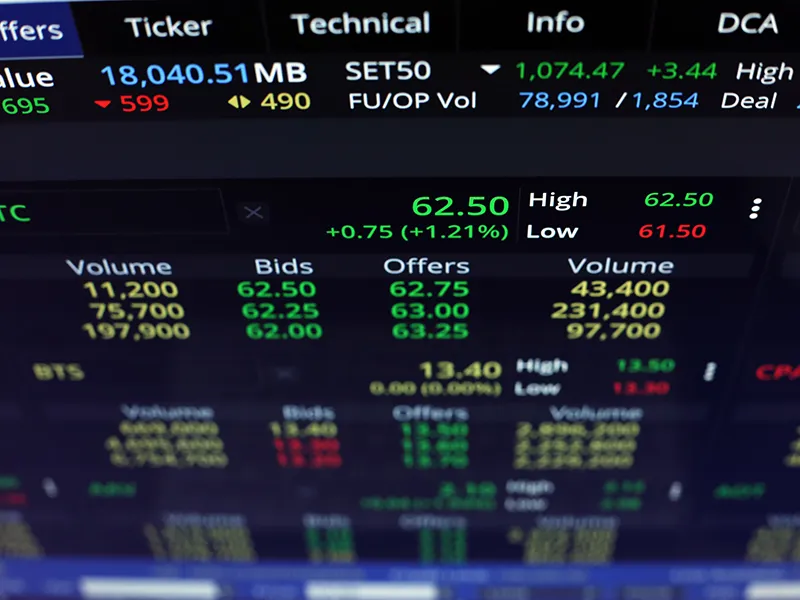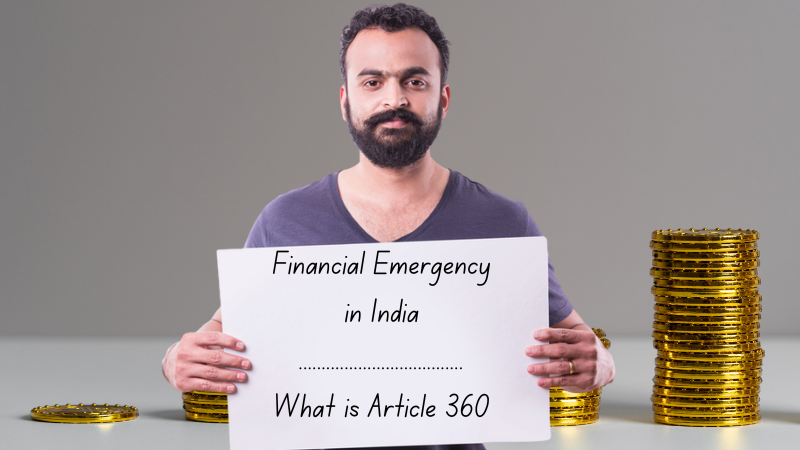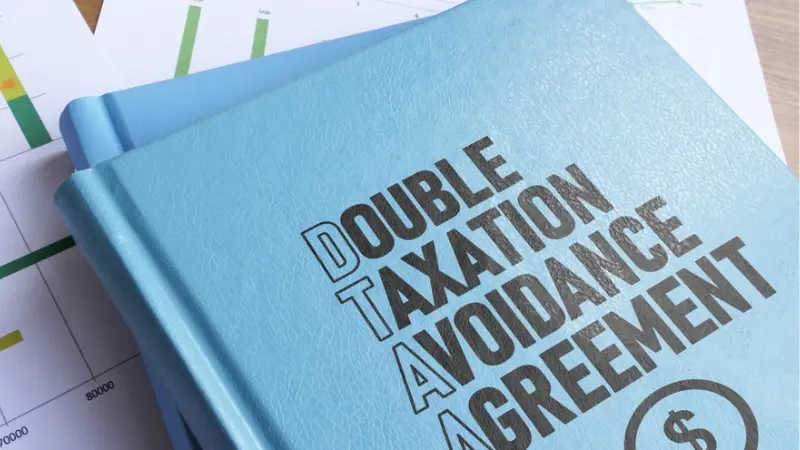
In the trading context, open Interest is the total number of options and futures contracts that are currently active or not yet settled against an asset as of a given time. It is mainly used as an indication to mark positions of securities in the market that have not yet been closed for an unknown reason.
How to interpret open interest movements?
The open interest can increase or decrease depending on market fluctuations.
- Open interest increases when there are new market contracts
- Open interest decreases when existing contracts are closed by the buyer and seller as positions are settled
- A high number of open interests indicate that there are more buyers and sellers for a given security. It is used as an indicator of liquidity and activity in the market.
- Lower number of open interests mean that investors are not opening new positions but are closing existing positions
How to identify market trends using open interest?
A market trend can be observed through price movements which can go upward or downward. The sustainability of such trends, however, is often questionable. In the stock market, there are certain factors that help in backing up the price movements when they take a certain direction. Open interest data is one such factor which offers reasoning for a sustainable trend and also a trend reversal.
Increasing open interest:
When prices of securities move up or down and the future open interest rises with the price to a certain level, investors can expect the price movement to be sustainable.
- An increasing Open interest indicates fresh fund flow into the market
- Buyers may push the market up by pumping fresh cash into the market
- Sellers push the market up by selling, thereby infusing liquidity into the market
- Open interest increases when new contracts start exchanging hands
Falling open interest:
In case there is an ongoing trend in the market with a sudden drop in open interest of futures, investors should not necessarily believe the trend, since there can be chances of trend reversal.
- A decrease in open interest is indicative of fund outflow from the market.
A market trend is dependent on the number of fresh contracts that exchange hands due to a new price move. If fresh funds do not flow into the market and fresh contracts are not exchanging hands, investors should be doubtful about the ongoing trend.
Relationship between Open Interest and Volume
In any futures market, two factors play a very important role:
- Open interest and
- Volume
Traders and investors consider both these while predicting market trends.
While both Open interest and volume are very similar, often causing confusion for new traders, they are not entirely the same. Here are some points that can help in differentiating these two:
- Open interest is the total number of open contracts in the futures market being possessed by individual buyers and sellers.
- In a futures market, every contract that is sold will have a buyer. Therefore, the total number of contracts transacted within a day is balanced.
- Volume is the total number of contracts executed in a market during the day. Thus, when one contract is bought and sold, the volume rises up by one. It is also important to note here that the volume rises up by 1 and not 2. This is because a single contract has passed between the buyer and seller.
- Volume is set at zero at the start of the trading day. Therefore, a trader gets a clear idea on the number of contracts that exchanged hands within the trading hours.
Here is an example to understand these concepts further:
Suppose three traders participate in a market, X, Y, and Z.
Day 1:
- On the first day, seller Y sells 9 futures contracts.
- Buyer X buys all of these 9 contracts.
- Thus, at the end of the first day, volume and open interest are at a count of nine.
Day 2:
- On the second day, X sells 4 contracts and Z buys 4 contracts.
- As second day ends, volume moves to 4 (the total number of contracts that changed hands)
- Open interest on the second day is unchanged at 9, since no new contract was created
To conclude, we can observe that volume may change daily. However, the open interest may remain unchanged. Open interest may stay the same unless there are new contracts initiated in the market or the old contracts get settled or executed.
What are the benefits of monitoring open interest?
Investors can monitor the changes in open interest at the end of each trading day to draw conclusions about the day’s market activity. Here’s how it can benefit:
- Rising open interest indicates new money is coming into the market and the present trend is likely to continue.
- Reducing open interest tells us that the market is starting to liquidate. This implies that the ongoing price trend may be reaching its end. Understanding of open interest can therefore prove to be beneficial while reaching the end of significant market moves.
- A leveled off open interest after a sustained price rise is usually an early indication of the reversal of a bull market phase.
How to find open interest in stocks?
To find the open interest in stocks, you need to follow these steps:
- Go to the website of the stock exchange where the stock is listed, such as NSE or BSE.
- Search for the stock you are interested in and click on it to see its details.
- Look for the column that displays the open interest for the stock.
- You can also use various financial websites and trading platforms that provide real-time data on open interest for different stocks.
In the Indian context, open interest is an important indicator for traders and investors who trade in futures and options. It helps them to determine the liquidity and the level of interest in a particular stock. Higher open interest indicates that more traders are interested in a particular stock, which can lead to more trading opportunities and increased volatility. On the other hand, lower open interest can suggest that there is less activity and interest in a stock.
Conclusion
As a word of caution, investors should refrain from venturing into a market when there are a lot of open positions combined with significant price movements. It could indicate that the market is experiencing an unexplained positive outlook. In case such a situation arises, a small trigger may be enough to result in panic among investors and traders. Therefore, investors must carefully study open interest before venturing into the market.
FAQs
Futures and Options (F&O) are derivative products. These are financial contracts that primarily derive their value from an underlying asset.
Margin is the amount that a trader has to pay the broker to trade in futures. It is calculated as a percentage of the transactions made. Margins can be higher during volatile markets.
While stock investments require an investor to have sufficient capital at hand, futures trading is mainly done by paying a margin and therefore it requires limited capital. Futures trading is also preferable since it offers the benefit of leverage. New investors must first learn the basics of futures trading before foraying into the same.
Open interest, in case of day trading, is the number of buy orders requested before the start of the market. If the open interest is high, it means investors are ready to add stock to their positions or start new positions. This indicates that the stock price may likely go up.
To begin trading in F&O market, you will need a trading account, or a derivative trading account. Trading can be done on BSE or NSE and on the stocks that F&O is available on.


























